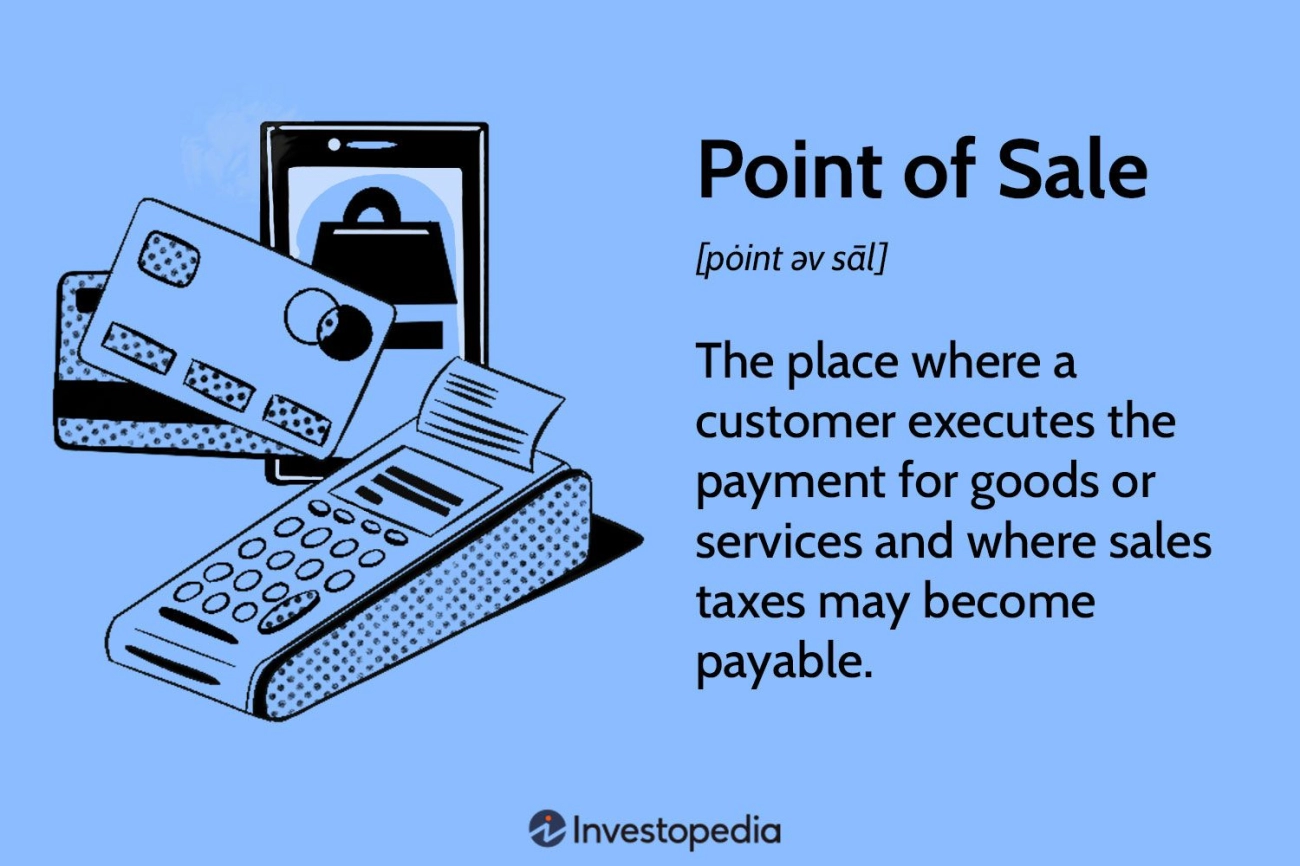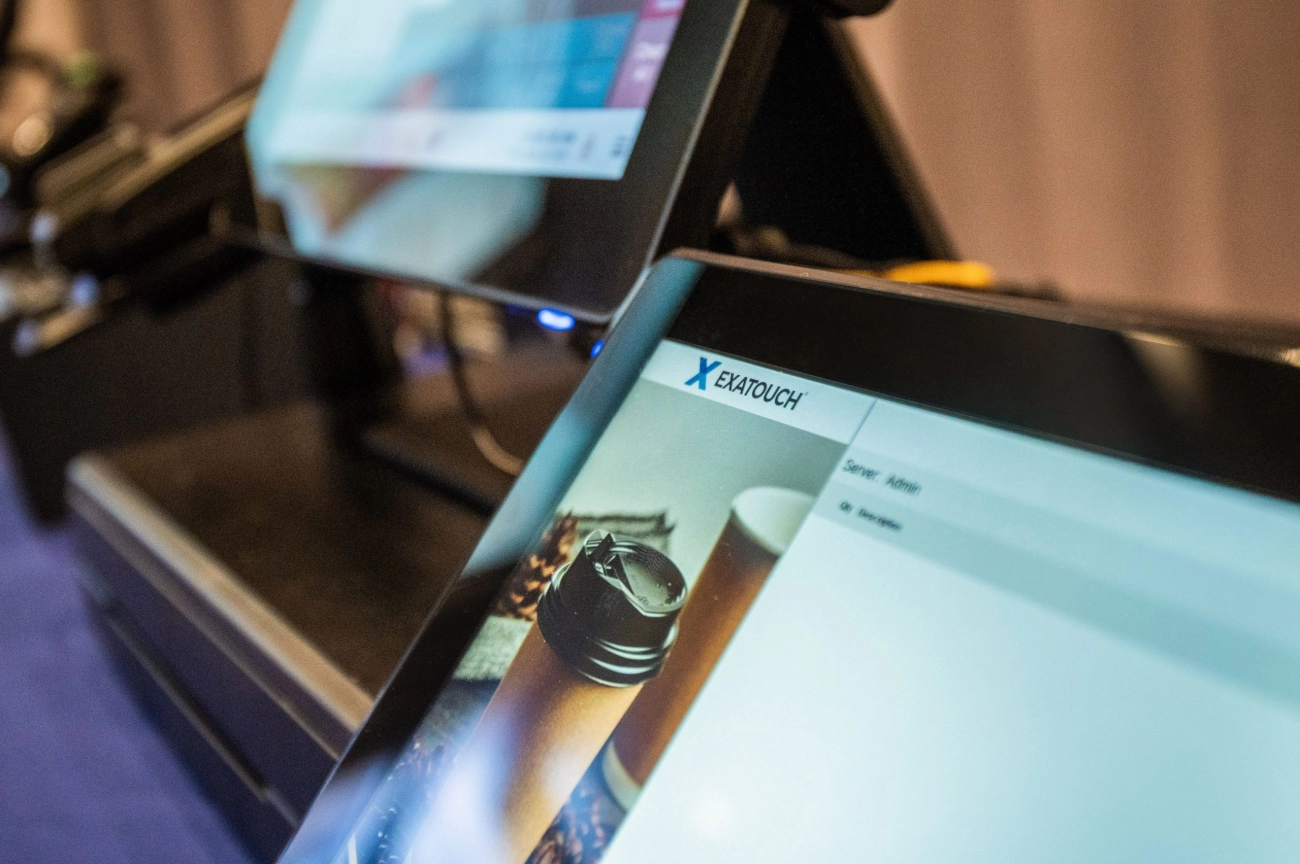Tipos de sistemas de punto de venta para cada negocio

What is a Point of Sale System
A Sistema de Punto de Venta (POS) is the central hub where sales transactions are completed in a business. It is more than just a cash register—it combines hardware y software to manage everything from processing payments to tracking inventory and generating reports. Whether you run a small coffee shop or a large retail chain, the right POS system can greatly improve efficiency and accuracy.
cURL Too many subrequests.
A functioning POS setup typically includes:
- Software – The operating system that runs on POS devices, manages inventory, processes sales, and produces reports. This can be installed locally (on-premise) or accessed via the cloud.
- Hardware – Physical devices such as cash drawers, receipt printers, barcode scanners, touch-screen monitors, card readers, and even mobile tablets.
- Payment Processing Tools – Card terminals, NFC contactless systems, or integrated mobile wallets like Apple Pay and Google Wallet.
- Peripheral Devices – Scales (for groceries), kitchen display systems (for restaurants), and customer-facing displays.
How POS Systems Streamline Business Operations
Modern POS systems are designed to do much more than ring up sales. They simplify daily operations by:
- Speeding up transactions – Quick and accurate checkout improves customer satisfaction.
- Centralizing inventory control – Reduce stockouts or overstock issues by tracking product quantities in real time.
- Recording and tracking sales – Maintain detailed sales history for performance analysis.
- Managing customer data – Store profiles, purchase history, and loyalty program information for better marketing.
- Generating reports and analytics – Access insights on sales trends, employee performance, and product profitability.
- Integrating with other systems – Connect to accounting software, eCommerce platforms, and third-party marketing tools for seamless operations.
A well-implemented POS system keeps sales, inventory, payments, and reporting all in one place, allowing business owners to make faster, more informed decisions and deliver a better customer experience.
Types of Point of Sale Systems

When choosing a POS system, it helps to know the different types available and what they’re best for. Each setup has its own strengths, so the right choice depends on your business size, industry, and workflow.
Traditional On Premise POS Systems
Description: Installed directly on computers or servers at your store location. All data is stored locally.
Características Clave:
- High reliability – Works even without internet.
- Strong security – Data stays in-house.
- Fast performance – No delays from network issues.
Ideal For: Large retail stores, high-volume restaurants, or businesses that need cURL Too many subrequests..
Ventajas:
- cURL Too many subrequests.
- cURL Too many subrequests.
- cURL Too many subrequests.
Desventajas:
- cURL Too many subrequests.
- cURL Too many subrequests.
- cURL Too many subrequests.
Cloud Based POS Systems
Description: cURL Too many subrequests.
Características Clave:
- cURL Too many subrequests. cURL Too many subrequests.
- Las actualizaciones automáticas cURL Too many subrequests.
- cURL Too many subrequests. cURL Too many subrequests.
Ideal For: cURL Too many subrequests. multiple locations.
Ventajas:
- cURL Too many subrequests.
- cURL Too many subrequests.
- cURL Too many subrequests.
Desventajas:
- cURL Too many subrequests.
- cURL Too many subrequests.
Sistemas POS Móviles (mPOS)
Description: cURL Too many subrequests. smartphones or tablets.
Características Clave:
- Portabilidad – Take payments anywhere.
- Fast setup – Simple to get started.
- cURL Too many subrequests. – Minimal training required.
Ideal For: Pop-up shops, food trucks, market stalls, small brick-and-mortar stores.
Ventajas:
- Low startup cost.
- Flexible for on-the-go sales.
- Compact hardware setup.
Desventajas:
- May lack advanced reporting features.
- Limited hardware expansion.
Self Service Kiosks
Description: Customer-operated touch-screen POS stations.
Características Clave:
- Speeds checkout – Customers order and pay themselves.
- Cuts staff workload – Fewer counter staff needed.
- Improves order accuracy – Direct input by customers.
Ideal For: Fast food chains, cinemas, retail stores with high foot traffic.
Ventajas:
- Shorter lines and faster service.
- Consistent upselling opportunities.
- Better customer flow during rush hours.
Desventajas:
- Higher initial investment.
- Requires space in-store.
Sistemas POS híbridos
Description: Combines on premise reliability con cloud convenience. Runs locally but syncs to the cloud for remote data access.
Características Clave:
- Offline mode – Keep selling during outages.
- Synced reporting – Unified data across locations.
- Flexible setup – Scales with your needs.
Ideal For: Enterprises and growing businesses that need both stability and remote management.
Ventajas:
- Best of both worlds – reliability plus flexibility.
- Data backup redundancy.
- Works for both single-store and multi-location setups.
Desventajas:
- Can be more expensive than single-type setups.
- cURL Too many subrequests.
cURL Too many subrequests.
| cURL Too many subrequests. | cURL Too many subrequests. | cURL Too many subrequests. | Upfront Cost | Escalabilidad | Mejor para |
|---|---|---|---|---|---|
| cURL Too many subrequests. | cURL Too many subrequests. | cURL Too many subrequests. | Alto | Bajo | cURL Too many subrequests. |
| cURL Too many subrequests. | cURL Too many subrequests. | cURL Too many subrequests. | Bajo | Alto | cURL Too many subrequests. |
| Mobile POS (mPOS) | cURL Too many subrequests. | cURL Too many subrequests. | Bajo | cURL Too many subrequests. | cURL Too many subrequests. |
| Self Service Kiosk | cURL Too many subrequests. | cURL Too many subrequests. | Alto | cURL Too many subrequests. | cURL Too many subrequests. |
| cURL Too many subrequests. | cURL Too many subrequests. | cURL Too many subrequests. | cURL Too many subrequests. | Alto | cURL Too many subrequests. |
cURL Too many subrequests.
cURL Too many subrequests.

Before picking a POS system, you’ll want to compare the features that matter most to your business. Not all POS types handle payments, inventory, or data in the same way, so knowing what to look for will save you time and money.
Payment Processing Options
A good POS should handle múltiples métodos de pago so you never turn a customer away. Look for:
- Credit and debit cards (chip, swipe, tap)
- NFC payments (Apple Pay, Google Wallet)
- Cash transactions with built-in or connected cash drawers
- Gift cards and store credit
- Split payments for customers who want to pay with more than one method
Gestión de Inventario
Your POS should make it easy to track products in real-time. Helpful inventory features include:
- Automatic stock updates después de cada venta
- cURL Too many subrequests. to prevent running out
- Bulk product import for quick setup
- SKU or barcode scanning for accuracy
- Multi-location tracking if you have more than one store
Customer Management (CRM)
Strong customer relationship tools can help grow sales. Look for:
- Customer profiles that store purchase history
- Loyalty rewards programs integrations
- Email or text marketing tools
- Purchase tracking to personalize offers
Informes y análisis
A POS should give you more than just sales numbers. Key reporting tools:
- Sales by product, category, or employee
- Peak sales hours and trends
- Profit margin tracking
- Customizable reports to match your KPIs
- Cloud access so you can check reports anywhere
Integration with Third Party Apps
Integrations save time by automating work between tools:
- Software de contabilidad (QuickBooks, Xero)
- plataformas de comercio electrónico (Shopify, WooCommerce)
- Delivery services (DoorDash, Uber Eats)
- cURL Too many subrequests. cURL Too many subrequests.
cURL Too many subrequests.
cURL Too many subrequests.
cURL Too many subrequests.
|——————–|———————————————|——————–|
cURL Too many subrequests.
cURL Too many subrequests.
cURL Too many subrequests.
cURL Too many subrequests.
cURL Too many subrequests.
cURL Too many subrequests. cURL Too many subrequests. cURL Too many subrequests.
Cómo elegir el sistema POS adecuado para tu negocio

cURL Too many subrequests. cURL Too many subrequests.cURL Too many subrequests. el hardware y las soluciones de SDLPOS cURL Too many subrequests.
Consider Your Business Size and Type
- Small businesses cURL Too many subrequests. cURL Too many subrequests. cURL Too many subrequests.
- Medium to large retailers or restaurants – May need advanced on-premise or hybrid systems for speed, reliability, and high transaction volume.
- Operaciones en múltiples ubicaciones – Cloud or hybrid POS makes managing multiple branches easier.
Budget Planning
- Initial costs – Hardware, installation, and licensing fees.
- cURL Too many subrequests. – Subscription fees for cloud-based POS, software updates, and payment processing charges.
- Best value – Sometimes, higher upfront costs save more long term if the system is more durable and feature-rich.
| cURL Too many subrequests. | Upfront Cost | Ongoing Cost | Mejor para |
|---|---|---|---|
| On-premise | Alto | Low/moderate | Large retail, high volume |
| Cloud-based | Low/moderate | Suscripción | SMBs, multi-location |
| cURL Too many subrequests. | Bajo | Low/subscription | Pop-ups, food trucks, small shops |
| Hybrid | Moderate/high | Suscripción | Enterprises, reliability-focused |
Mobility Needs
If you often sell outside your store, handle curbside pickup, or run pop-up events, mobile POS is key. For dine-in restaurants or big retail floors, handheld POS devices help staff serve faster without running back to a counter.
Integration with Existing Systems
Make sure the POS works smoothly with:
- Inventory software
- Accounting tools like QuickBooks
- plataformas de comercio electrónico for unified sales tracking
Upgrading your POS should make your workflow simpler, not more complicated.
Customer Support and Training
Even the best POS systems need solid support. Look for suppliers that provide:
- Local U.S.-based support for quick issue resolution
- Training for your team so they can use the system confidently
- Fast hardware replacement cURL Too many subrequests.
el hardware y las soluciones de SDLPOS cURL Too many subrequests.
cURL Too many subrequests.
cURL Too many subrequests.
cURL Too many subrequests. cURL Too many subrequests. cURL Too many subrequests. cURL Too many subrequests.cURL Too many subrequests.
cURL Too many subrequests.
Ofrecemos cURL Too many subrequests. cURL Too many subrequests.
- cURL Too many subrequests. cURL Too many subrequests.
- Sistemas POS en la nube cURL Too many subrequests.
- Mobile POS (mPOS) cURL Too many subrequests.
- Self-Service Kiosks cURL Too many subrequests.
- Sistemas POS híbridos cURL Too many subrequests.
cURL Too many subrequests.
We only supply hardware y software del POS that meet strict performance and durability standards. This means:
- Stable and fast transactions cURL Too many subrequests.
- Secure payment processing for cards, NFC, and cash.
- Easy-to-use software with a short learning curve for staff.
We also ensure smooth integration with other business tools — from inventory management and accounting systems to online ordering platforms.
Dedicated US-Based Customer Support
Our support doesn’t end at the sale. SDLPOS offers:
- Local and remote setup assistance.
- Staff training and onboarding.
- cURL Too many subrequests.
- Maintenance and upgrades to keep systems running at their best.
Get Started with SDLPOS
Whether you’re opening a new store or upgrading your current setup, we’ll help you find the right POS system for your business size, budget, and workflow.
📞 Call us today or request a free demo to see how SDLPOS can streamline your sales, speed up transactions, and keep your business running smoothly.
FAQs About Types of Point of Sale Systems
What is the most popular type of POS system
Right now, cURL Too many subrequests. are the most widely used in the United States, especially for retail and restaurant businesses. They allow owners to check sales, manage inventory, and pull reports from anywhere, which fits today’s need for flexibility and remote access. Larger retailers may still favor traditional on-premise systems for their stability and control, but for most small to mid-sized businesses, cloud POS is the go-to choice.
Can a POS system work offline
Yes. Traditional on-premise POS systems work fully offline since everything is stored locally. Many hybrid POS and some cloud-based systems also offer offline modes, allowing you to keep processing transactions even if the internet goes down. Once the connection is restored, data syncs automatically. This makes offline functionality important for high-traffic stores or locations with spotty internet.
How much does a POS system cost
The cost can vary widely depending on the type:
| cURL Too many subrequests. | Typical Cost Range (Hardware + Software) |
|---|---|
| Traditional On-Premise | $1,500 – $7,000+ (one-time + maintenance fees) |
| Cloud-Based | $0 – $100+/month (plus hardware costs) |
| cURL Too many subrequests. | Often under $500 (hardware) + $0 – $60/month |
| Self-Service Kiosks | $2,000 – $8,000+ per terminal |
| cURL Too many subrequests. | $1,500+ upfront + monthly subscription |
Consejo: Always factor in payment processing fees, add-on features, and potential integration costs.
What POS systems are best for small businesses
For most small businesses in the U.S., cURL Too many subrequests. cURL Too many subrequests.
cURL Too many subrequests.
Yes. el hardware y las soluciones de SDLPOS cURL Too many subrequests.
